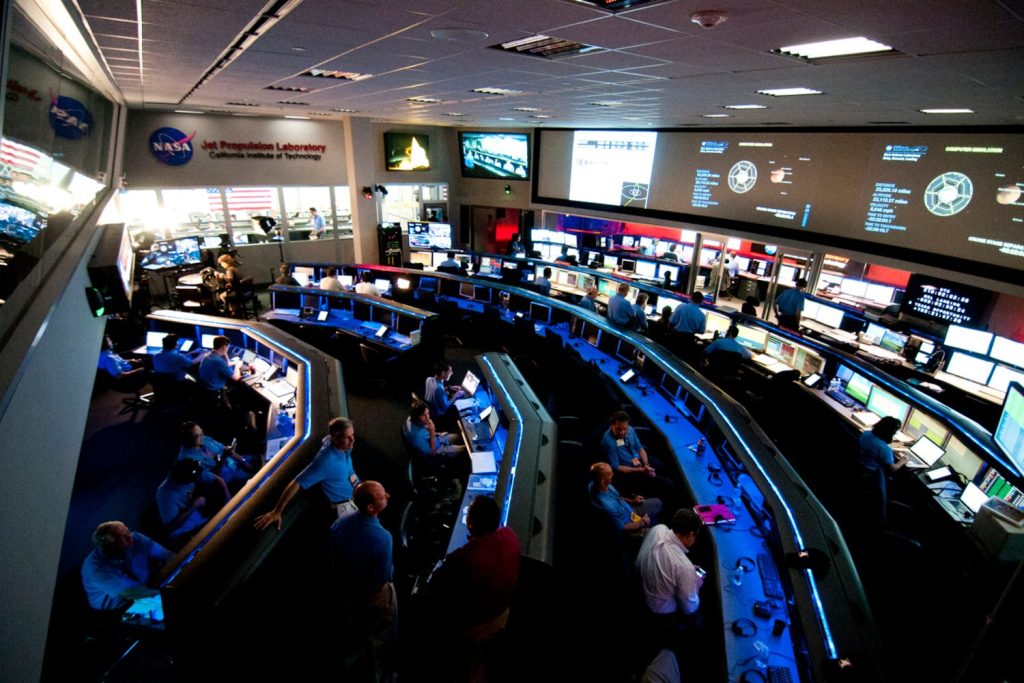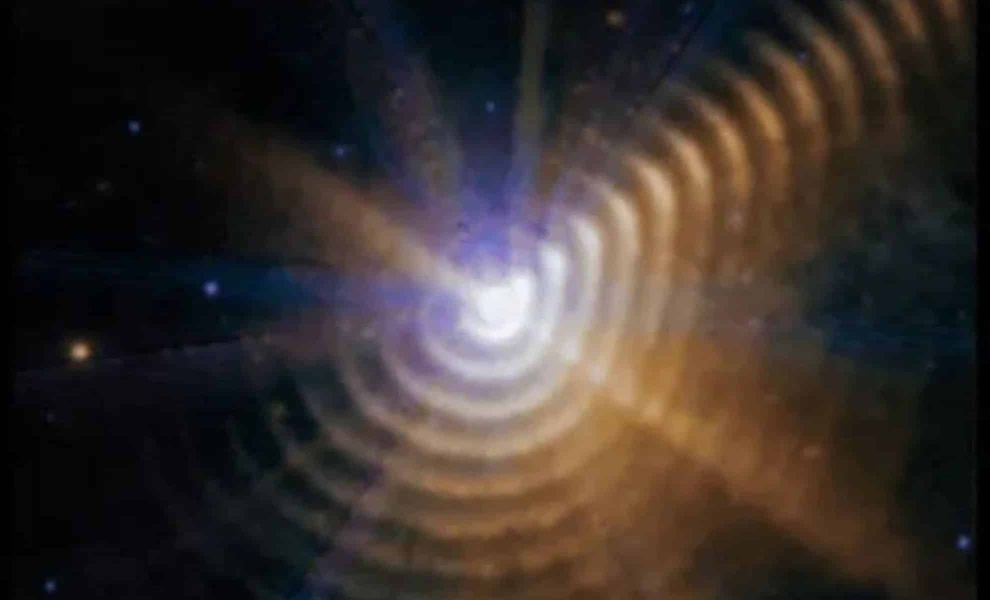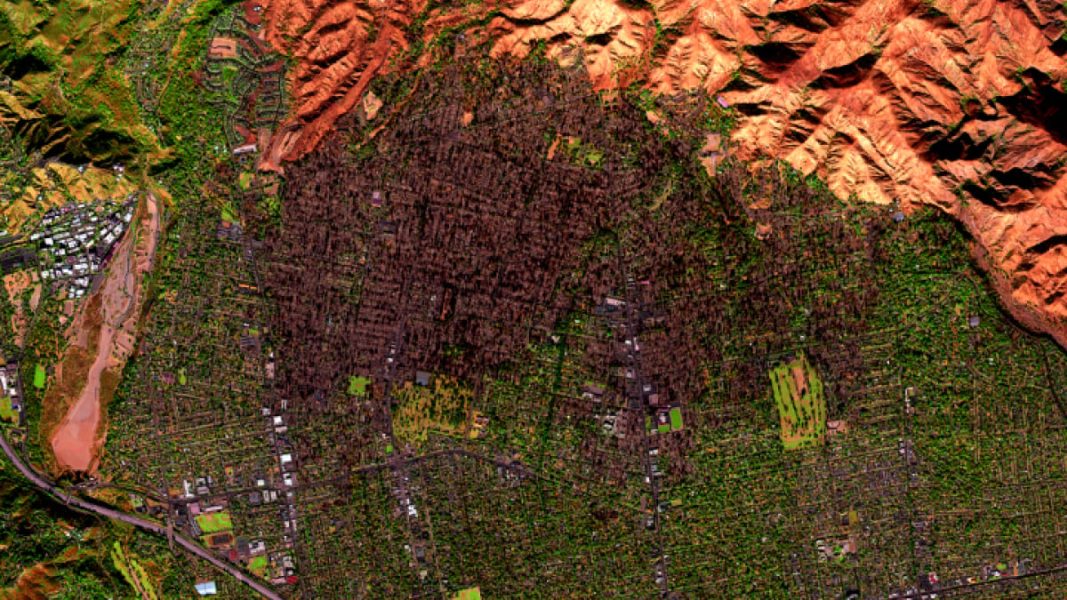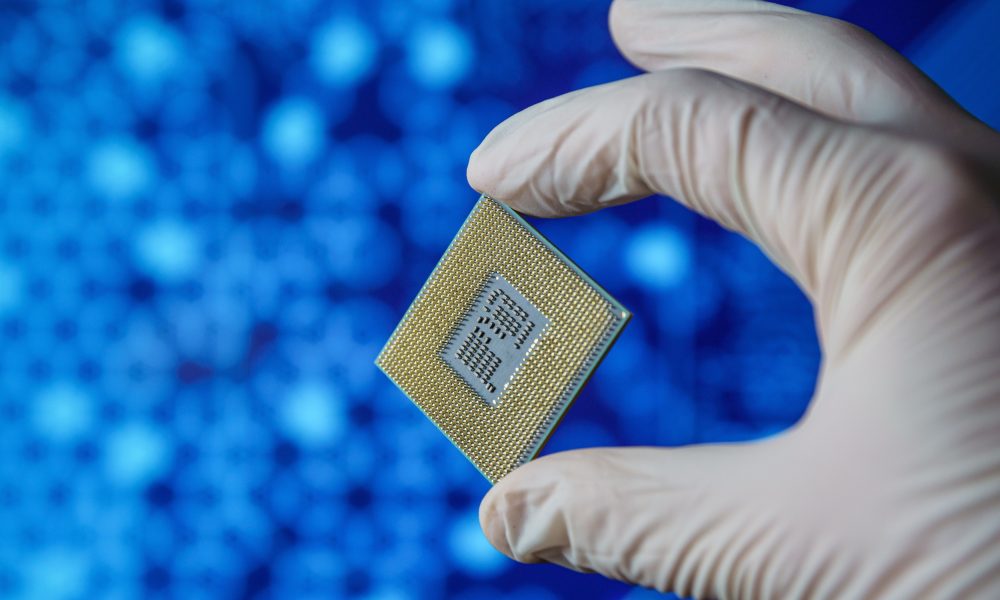NASA’s Deep Space Mission Control Is Empty for the First Time in 6 Decades as L.A. Wildfires Rage – Gizmodo

The wildfires currently burning through regions of Southern California are not just visible from space—they’re threatening scientists’ work in space, as well.NASA’s Jet Propulsion Laboratory (JPL) in Pasadena had to be evacuated on January 8 and it remained closed through Monday because of the encroaching Eaton fire. The research center has thus far been spared by the flames. Although the emergency disrupted some of the JPL’s data processing and, according to social media posts, greatly impacted the JPL community, the Deep Space Network has managed to retain contact with all of its active spacecraft throughout the evacuation.The JPL “is untouched by fire due to the brave dedication of our first responders. But our community has been very seriously impacted with over 150 JPLers who have lost their homes and many more displaced,” Laurie Leshin, director of the JPL, wrote in an X post on Friday. A JPL Facebook administrator confirmed this grim situation in a comment on Sunday. Most of the staff was asked to work from home this week, and administrators started a relief fund for Caltech and JPL communities.UPDATE: @NASAJPL is untouched by fire due to the brave dedication of our first responders. But our community has been very seriously impacted with over 150 JPLers who have lost their homes and many more displaced. Please consider offering support here: https://t.co/PGpNj2Z1Zf— Laurie Leshin (@LaurieofMars) January 10, 2025The JPL is a federally-funded robotic space exploration laboratory managed by the California Institute of Technology (Caltech) on behalf of NASA. It’s also home to the agency’s Deep Space Network (DSN), a web of giant radio antennas used to communicate with space missions. Established in the late 1950s and early 1960s, NASA’s DSN currently maintains contact with the Voyager probes, the Mars rovers, and the Juno probe around Jupiter. The Spaceflight Operations Center at JPL has been “operational and staffed every day since 1964,” according to NASA.According to the evacuation notice posted on the lab’s website on Wednesday, “JPL facilities, labs and hardware are secured and protected. Deep Space Network operations, normally conducted at JPL, have been moved offsite to a back-up operations center.” In a bit of good news, the DSN team maintained contact with its spacecraft throughout the evacuation, according to Space.com.“Our incredible DSN team has gone above and beyond to ensure that not a bit of data has been lost,” Nicola Fox, NASA’s Associate Administrator, said during the 245th American Astronomical Society meeting taking place this week in Maryland, as reported by Space.com. “It was a very emotional thing, the first time in the 60 years that nobody was actually in the mission control office there at JPL, because they had to relocate to the emergency center.”Unfortunately, the evacuation of the research center did result in some data processing disruptions, including some Near Real-Time (NRT) data (information available shortly after being recorded by a space instrument), data from the Soil Moisture Active-Passive (SMAP) platform, which regularly measures surface soil conditions, and data from the Microwave Limb Sounder (MLS), which measures atmospheric features twice daily.While the fact that the JPL remains undamaged is a relief to the scientific community, it remains to be seen how the lab will fare with the strengthening dry winds predicted to continue through Wednesday.
Jet Propulsion LaboratoryLos AngelesNASAwildfires
Get the best tech, science, and culture news in your inbox daily.
News from the future, delivered to your present.
Please select your desired newsletters and submit your email to upgrade your inbox.
A Falcon 9 rocket delivered the two landers to space earlier this morning, kickstarting a pair of exciting private Moon missions.
Researchers found far more hidden black holes than previously known, indicating plenty of behemoths lurking in thick clouds of gas and dust.
More gusty Santa Ana winds are expected early this week, a stark reminder that there will likely be more destruction before the fires are brought under control.
Wildfire smoke inside homes can create health risks that linger for months. Here are some tips.
The SuperScooper Quebec 1 has been grounded from the damage.
A spatial analysis of the park’s trees revealed its vulnerability to wildfires, especially near infrastructure.
Best of CES 2025 Awards ➜We may earn a commission when you buy through links on our sites.
©2025 GIZMODO USA LLC. All rights reserved.Mode
Follow us
Mode
Follow us



